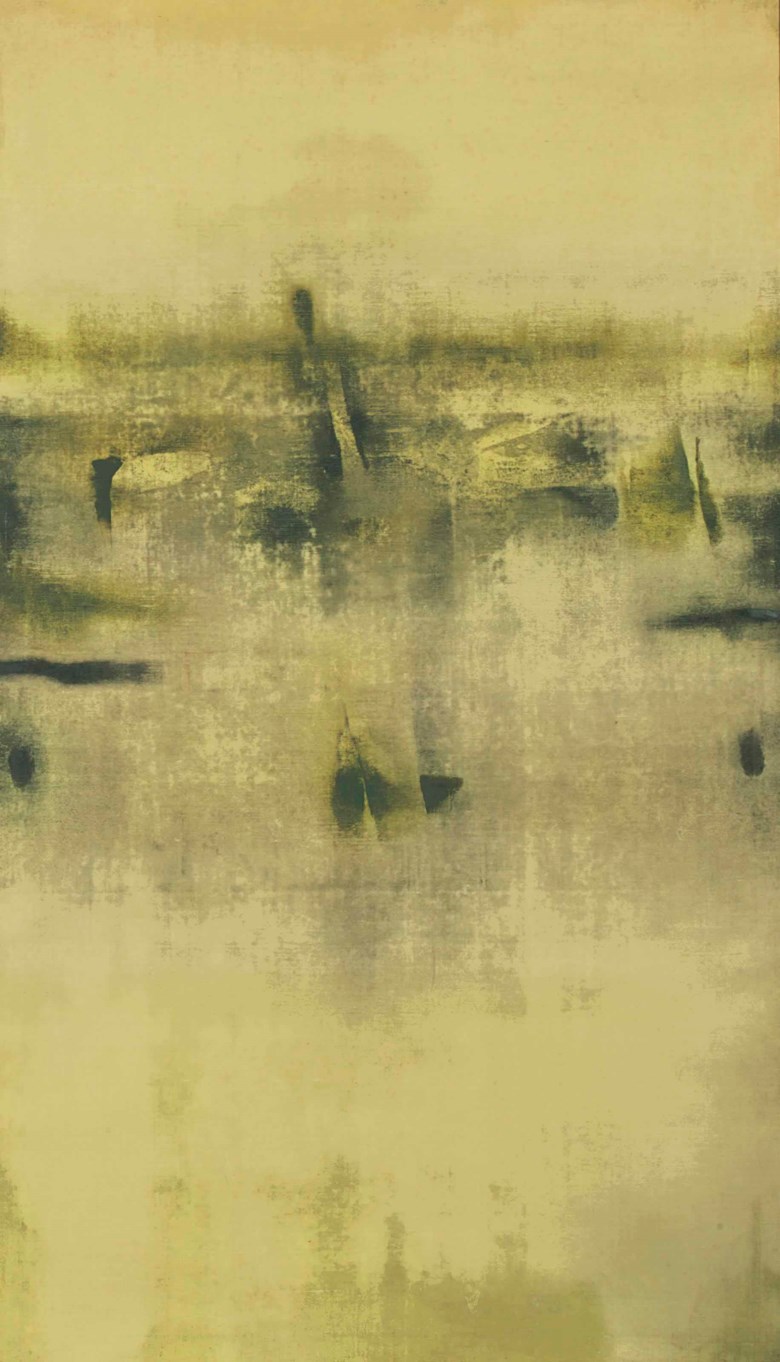Minimalistic Non-Objectivity
Gaitonde & Raza: The Master’s of Indian Abstracts
Strictly speaking, the word abstract means to separate or withdraw something from something else. The term can be applied to art that is based an object, figure or landscape, where forms have been simplified or schematised. It is also applied to art that uses forms, such as geometric shapes or gestural marks, which have no source at all in an external visual reality. Some artists of this ‘pure’ abstraction have preferred terms such as concrete art or non-objective art, but in practice the word abstract is used across the board and the distinction between the two is not always obvious. Abstract art is often seen as carrying a moral dimension, in that it can be seen to stand for virtues such as order, purity, simplicity and spirituality. Since the early 1900s, abstract art has formed a central stream of modern art.
It is also applied to art that uses forms, such as geometric shapes or gestural marks, which have no source at all in an external visual reality. Some artists of this ‘pure’ abstraction have preferred terms such as concrete art or non-objective art, but in practice the word abstract is used across the board and the distinction between the two is not always obvious.
Abstract art is often seen as carrying a moral dimension, in that it can be seen to stand for virtues such as order, purity, simplicity and spirituality.
Since the early 1900s, abstract art has formed a central stream of modern art.
Gaitonde’s ‘Non-Objective Art’
The human figure was still present in V.S. Gaitonde’s geometrical works of the early 1950s, and it was not until 1957 that he abandoned figuration altogether, which he considered a distraction from colour. Linked with this shift in the artist’s style was Gaitonde’s discovery of Zen in the late 1950s through philosopher Eugen Herrigel’s Zen in the Art of Archery. The artist recalls that there came “a point where I was constantly looking at Zen, the canvas, the colour, the idea. You go on working on the idea, the idea coming into being. And you start painting. By 1964 the artist shifted his style to total abstraction, or in his words ‘non-objectivity’.

(Image: Vasudeo S. Gaitonde (1924-2001), Untitled, 1970. 59⅞ x 34¾ in (152.1 x 88.3 cm). Sold for £962,500 on 10 June 2015 at Christie’s in London)
Raza: The Indian Modernist
Raza experimented with a number of Modernist styles, but it’s probably his works in Abstract Expressionism and, later, Geometric Abstraction, for which he is most famous. What remained constant throughout his career, however, was his engagement with nature and the landscape, and his mastery of colour, which he deployed in variously rich combinations.
(Cover Image: Sayed Haider Raza (1922-2016), La Terre, 1985. 78¾ x 78¾ (200 x 200 cm). Sold for $1,930,500 on 15 September 2010 at Christie’s in New York)


